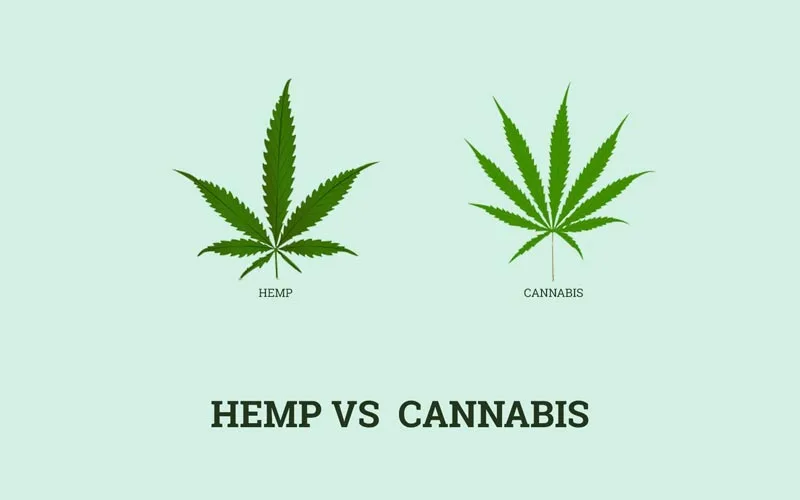Bridging: Expanding The Hemp Nation Group Ecosystem through Blockchain Interoperability
The Hemp Nation Group (TH NG) ecosystem can leverage blockchain bridging to enhance its adaptability and connect with a broader spectrum of technologies and parallel networks.
Here’s how:
Bridging Fundamentals:
- Blockchain bridges act as gateways, enabling data and asset transfer between different blockchain networks.
- THNG’s core DAOs can be connected to other blockchains through bridges.
- This allows THNG to interact with projects and platforms operating on different blockchain ecosystems.
Benefits of Bridging for THNG:
- Increased User Base: Connecting with other blockchains allows THNG to reach users and stakeholders who may not be on IoTeX.
- Enhanced Functionality: Bridges facilitate the integration of external services and functionalities not natively available on IoTeX. This could include:
- Decentralized Finance (DeFi) Integration: Allowing THNG users to access lending, borrowing, and other DeFi services on other blockchains.
- NFT Integration: Enabling the creation and trading of NFTs representing hemp products or THNG ecosystem assets on other popular NFT platforms.
- Oracle Integration: Connecting THNG to external data feeds and oracles on other blockchains for a wider range of data sources.
- Improved Interoperability: Bridges enable THNG’s GreenWeaver AI and connected platforms to access and process data from other blockchain-based applications. This could be valuable for:
- Supply Chain Management: Integrating data from other platforms tracking hemp products across different stages of the supply chain.
- Market Data Analysis: Accessing real-time market data from other blockchains for better decision-making within the THNG ecosystem.
- Greater Flexibility: Bridging allows THNG to adapt to future technological advancements. As new blockchain applications and protocols emerge, bridges can facilitate seamless integration.
Considerations for Bridging:
- Security: Choosing secure and well-established bridges is crucial to protect THNG user assets and data.
- Fees: Bridging transactions may incur fees on both the source and destination blockchains.
- Liquidity: THNG should consider the liquidity of assets on the target blockchain before bridging.
Conclusion:
By strategically implementing blockchain bridges, The Hemp Nation Group can significantly expand its ecosystem’s reach, functionality, and adaptability. This fosters a more interconnected and dynamic environment for the sustainable development of the European hemp industry.
GreenWeaver AI: Frequently Asked Questions • Hemp Corridors and Micro-Decorticators: Cultivating a Sustainable Future • Hemp vs. Cannabis: Unveiling the Similarities Disguised by Law • Hemp Revolution: A Versatile Tool for Modernizing Industries and Cultivating Abundance • Open Source, Open Minds: How Transparency Fuels Innovation at The Hemp Nation Group


